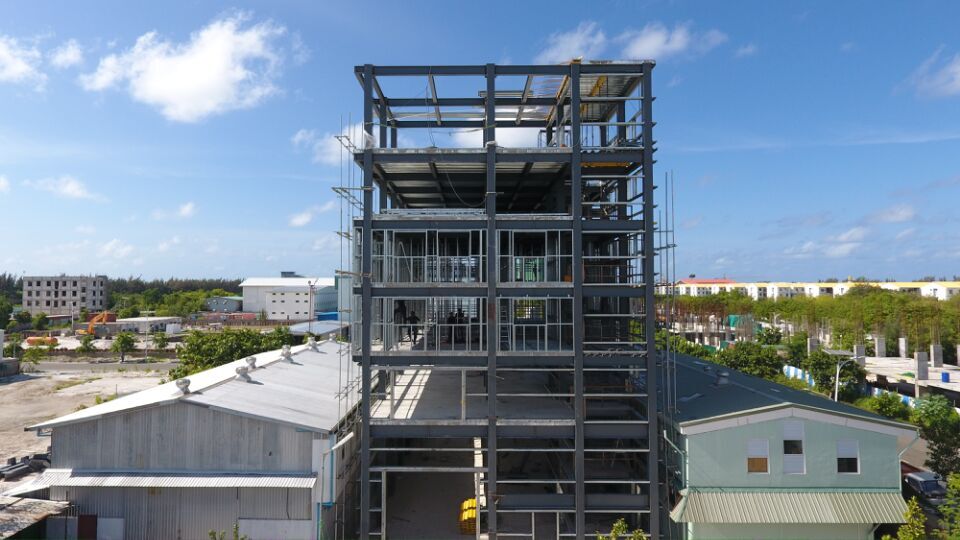As steel construction continues to evolve, architects and designers are increasingly seeking to blend old and new in sensitive ways. Revitalizing historic structures and sensitively developing among historical context both require balancing heritage with innovation through materials like structural steel.
Contractors like the Lida Group build metal warehouses, steel structure houses and other adaptable buildings that can achieve this balance. Steel framing preserves the opportunity for modern design solutions while maintaining connections to traditional forms, proportions and materials. Innovation does not require abandoning the lessons of the past.
When redeveloping or retrofitting older properties, steel structures offer opportunities to preserve heritage while upgrading for current needs. Existing masonry walls and structural elements can be integrated into steel frames, maintaining historic fabric while gaining the benefits of modern construction. Strategic additions and extensions in steel and glass maximize space efficiency without overwhelming the original architecture.

Structural engineers employ adaptive reuse techniques to prolong the functional lives of historic structures. Strategic steel reinforcements shore up existing elements to allow for heavier loading or program changes. Removable steel infill panels provide flexibility within fixed edges. Connection details mimic traditional joints to preserve the aesthetic integration of old and new.
When developing new steel structures amid historic contexts, designers incorporate traditional proportions, rhythms and materials. Scaled steel components match architectural styles to complement adjacent buildings. Stone, brick and timber cladding on steel frame structures blend modern infrastructure with heritage aesthetics. Curated details evoke craft traditions within industrial geometries.
Landscape architects likewise employ steel infrastructure as a modern counterpoint to traditional garden features. Sculptural trellises, pergolas and screens made of carefully specified steel profiles balance heritage plantings and materials. Innovative stainless steel and weathering steel options further integrate modern metalwork within historical settings.

Some of the world’s finest examples of heritage-sensitive steel construction can be found within thriving historic districts and revitalized waterfronts. Careful material selections, proportioning systems and crafted details allow cutting-edge steel structures to heighten – rather than erode – a sense of place connected to the past.
In summary, balancing heritage and innovation requires architects, engineers and contractors to thoughtfully integrate old and new. Through adaptive reuse techniques, strategic material selections and intentional detailing, modern steel constructions can sensitively restore lost functions to aging buildings while respecting traditional forms. Metal structures that complement – rather than copy – traditional aesthetics maintain connections to history without becoming pastiche. With care and restraint, innovative steel framing has the potential to respectfully coexist with the lessons of the past, preserving heritage while enabling communities to grow into the future. The real challenge lies in achieving the right balance.

Related news
-
Durability by Design: Building for the Ages with Steel Infrastructure
2023-08-04 15:16:16
-
Strength Within Simplicity: The Elegance of Essential Steel Structures
2023-08-04 16:46:20
-
Permanent Form, Flexible Function: The Advantages of Adaptable Steel Structures
2023-08-04 14:56:32
contact us
- Tel: +86-532-88966982
- Whatsapp: +86-13793209022
- E-mail: sales@lidajituan.com


